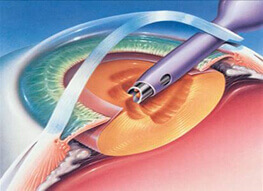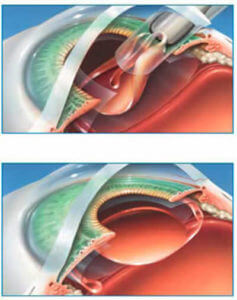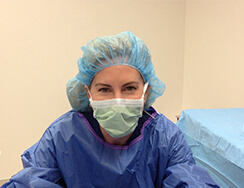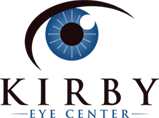Cataract Surgery
Cataracts

Cataract is a label given to the cloudiness of the natural lens in the eye. This is an almost universal aging process that occurs when the natural lens becomes cloudy, dense and opaque. The lens in the eye sits behind the iris, which is the colored part of the eye The lens works like a lens in a camera and focuses light onto the retina in the back of the eye. Our natural lens also has the ability to adjust its own focusing capability to allow us to see things clearly both close up and far away. As we age, the lens becomes cloudy, making it harder to see through, even with glasses, thus a cataract is formed.

When a cataract starts to develop, most people will not notice changes in their vision. Farsighted people may notice that over time they become less dependent on their glasses because the cataracts make them more nearsighted and less farsighted. This temporary improvement is called “second sight”. Unfortunately, this is a short-term effect and disappears as the cataract worsens. As your vision changes, it may seem blurred, like looking through a haze or fog. Colors may become more dull and hard to discern. You may also notice lights having a glare, halo or starburst effect causing you to become increasingly light sensitive with bright sunny days and oncoming headlights at night.

When your vision drops to the point that it affects your daily routine and can no longer be improved with glasses or contacts, you may consider cataract surgery. Cataract surgery is a relatively painless procedure and is 99% successful in improving your vision. There are risks, as there are with any surgical procedure, but these risks are very low. Cataract surgery is an elective procedure that is performed when your vision declines to a level that interferes with your activities of daily living, such as driving or reading small print.

Regardless of these things, everyone starts to develop cataracts around the age of sixty. If you have been diagnosed or believe you have a cataract you should see your ophthalmologist (eye MD) and have a dilated eye examination.

During Cataract surgery, we remove the cloudy lens and replace it with a lens implant that is designed to replace the natural focusing power of the lens that we were born with. There are special lens implants that can maximize a person’s uncorrected visual acuity after cataract surgery. Many times, we can minimize a person’s need to be dependent on glasses for seeing.







